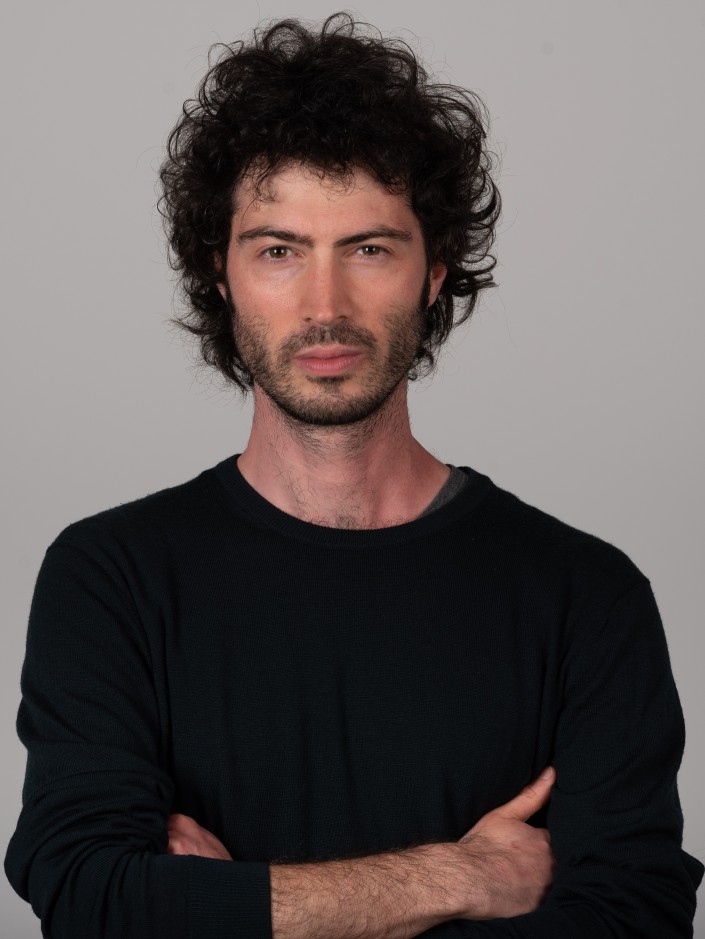Tutorials
04/09 Tutorial 1 - Optimizing Performance for DSP Algorithms: Bridging Theory and Practice on Modern Platforms
Stefano D’Angelo – Orastron
Performance analysis of DSP algorithms in scientific literature is usually limited to counting the number and type of operations involved and sometimes determining their algorithmic complexity. While these metrics are important, they can only give a rough idea on the computational cost of actual implementations. This tutorial touches on theoretical and practical aspects of trying to achieve high-performance when implementing DSP algorithms on modern platforms, such as computer architectures, instruction sets, operating systems, and numerical analysis.
Bio
Stefano D’Angelo is the founder and CEO of Orastron, a company specialized in R&D of music DSP algorithms. He got his D.Sc. (Tech.) doctoral degree from the Aalto University, Espoo, Finland in 2014. His research interests include antialiasing techniques, virtual analog modeling, audio programming languages, and music DSP in general.
04/09 Tutorial 2 - Virtualization of Acoustic Transducers based on Direct and Inverse Circuital Modeling
Alberto Bernardini – Dipartimento di Elettronica Informazione e Bioingegneria (DEIB), Politecnico di Milano
Audio systems can be often accurately described using equivalent circuit models that are capable to represent their behavior in multiple physical domains (e.g., electrical, magnetic, mechanical, acoustic) in a unified fashion. Moreover, such models allow us to efficiently emulate audio systems in the digital domain by employing circuit simulation methods. In this tutorial, we will highlight a further advantage of representing audio systems using circuits. In fact, we will show how, given an audio system represented as a circuit with input and output signals, it is possible to design the corresponding inverse circuital system. As a first example of application of this inverse system design approach, we will describe a method for loudspeaker virtualization through digital audio signal preprocessing. This method can be used to alter the behavior of a physical loudspeaker in such a way to match that of a target loudspeaker. Special cases of this approach are loudspeaker linearization and equalization. The proposed virtualization algorithm is extensively tested both through simulations and applications to real loudspeakers. Moreover, we will show how a similar reciprocal approach can be used for the virtualization of acoustic sensors, like microphones or guitar pickups. Finally, further possible examples of application and related future research works are discussed.
Bio
Alberto Bernardini received the B.S. degree from the University of Bologna, Italy, in 2012 and the M.S. degree (cum laude) from the Politecnico di Milano, Italy, in 2015, both in computer engineering. In 2019, he received the Ph.D. degree (cum laude) in information engineering from the Politecnico di Milano, where he worked as postdoctoral researcher from 2019 to 2021. He is currently an Assistant Professor at the Dipartimento di Elettronica, Informazione e Bioingegneria (DEIB) of the Politecnico di Milano. His main research interests include audio signal processing, computational acoustics, and modeling of nonlinear systems. He authored more than 40 publications in international journals and proceedings of international conferences. He is the first author of two international patents. In 2019 he was a recipient of the Dimitris N. Chorafas Award. He serves as an Associate Editor for the “IEEE Transactions on Circuits and Systems I: Regular Papers” and for the “EURASIP Journal on Audio, Speech, and Music Processing”.

04/09 Tutorial 3 - Topology in Sound Synthesis and Digital Signal Processing
Georg Essl – Department of Mathematical Sciences, University of Wisconsin-Milwaukee
This tutorial will present recent developments in Topological Signal Processing that spring from combinatorial Hodge theory. Graph and simplicial versions of frequency analysis and filter constructions have emerged in this framework.
We will cover combinatorial Hodge theory and its relationship to Homology and classical vector calculus. We then develop graph signal processing and basic notions such as the graph Fourier transform. Finally, we will extend these ideas to arrive at simplicial signal processing, which is a topological version of higher dimensional signal processing.
The tutorial will be geared towards a typical DAFx attendee. We only assume typical signal processing and linear algebra backgrounds. All other material will be developed. For a preparatory introduction to topology in the context of DAFx, lecture notes and videos from last year’s workshop on “Topology in Digital Signal Processing and Sound Synthesis” are available, and while not required can serve as a preparation for this workshop. Except for foundational constructions, most of the material presented this year will be different from last year.
Bio
Georg Essl is a Research Professor in the Department of Mathematical Sciences at the University of Wisconsin-Milwaukee. His research interests include digital sound synthesis, mobile music, new interfaces for musical expression, gender in music technology, and assorted other topics related to computation, sound, and human-computer interaction. His current research focus is topology in digital signal processing.
He is a recipient of a Guggenheim Fellowship (2019) and serves on the advisory board of NIME. He also served as the research coordinator of the International Computer Music Association.

